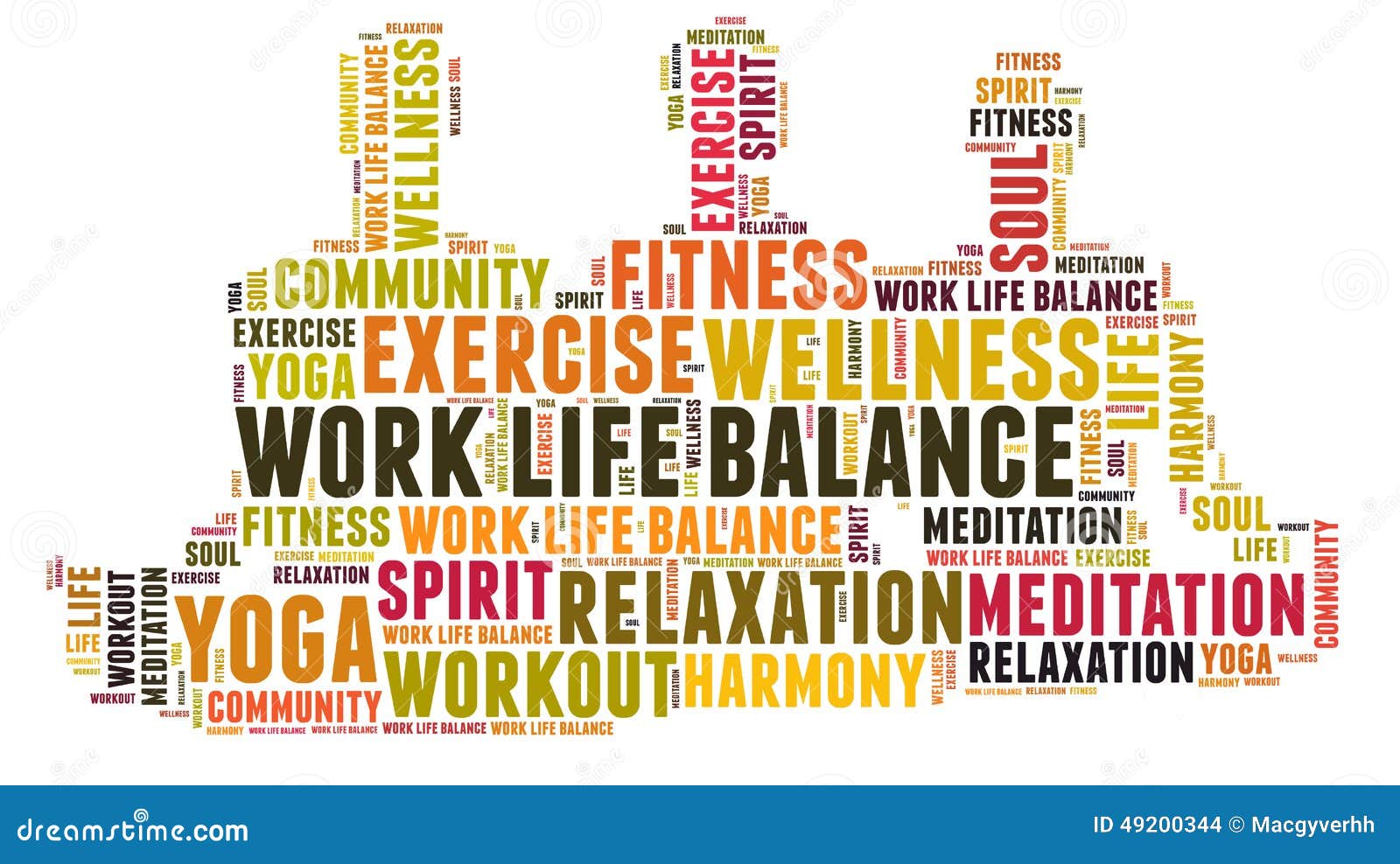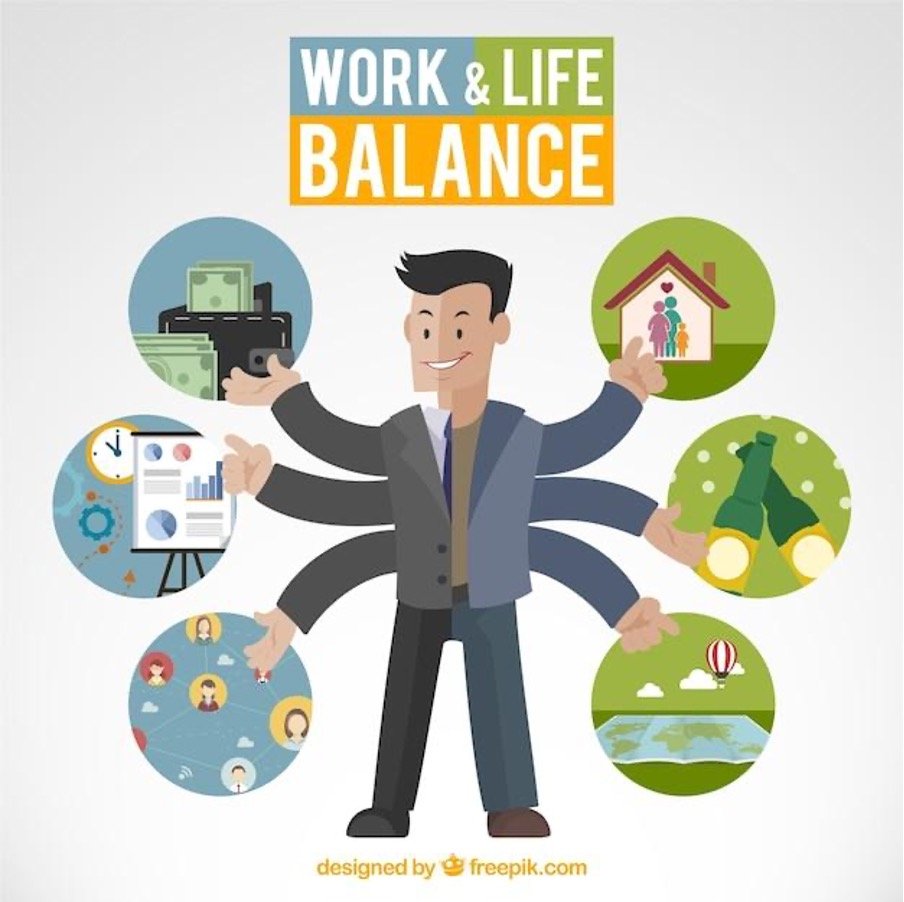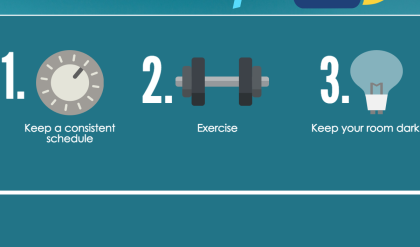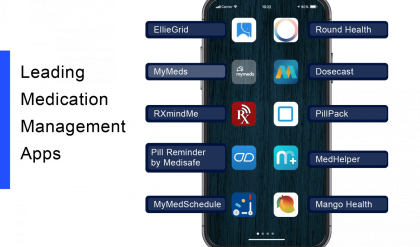
Find Your Flow: Simple Steps to Better Work-Life Balance and Well-being
The relentless hum of modern life. The constant pressure to achieve, produce, and perform. It’s a familiar tune, and for many, it’s a symphony of stress. Work bleeds into personal life, personal life intrudes on work, and the result? A feeling of being perpetually overwhelmed, a constant state of “almost” instead of “fully present.” But what if there was a better way? What if you could find your flow, that sweet spot where work and life intertwine harmoniously, leading to increased productivity, reduced stress, and a greater sense of well-being?
This isn’t about achieving perfect balance – that’s a myth. It’s about finding your flow state, a dynamic equilibrium where you’re fully engaged and energized, both professionally and personally. This article offers simple, actionable steps to help you navigate the currents of modern life and discover your own unique rhythm.
Understanding Your Flow: It’s More Than Just Balance
Imagine a river. A chaotic, turbulent river represents a life out of balance. A calm, steady river represents… well, not necessarily balance either. True flow is the effortless movement of a canoe downstream, navigating the occasional ripple, but always propelled forward by the current. It’s about working with the natural rhythm of your life, not against it.
This requires self-awareness – understanding your energy levels, your priorities, and your personal triggers. It’s about recognizing what drains your energy and what replenishes it. Only then can you begin to consciously cultivate your flow state.
Seven Steps to Finding Your Flow:
1. Define Your Core Values: What truly matters to you? Family, creativity, intellectual stimulation, financial security? Identifying your core values provides a compass to guide your decisions, ensuring your actions align with what’s truly important.
2. Set Realistic Goals: Ambition is crucial, but unrealistic goals lead to burnout. Break down large objectives into smaller, manageable tasks. Celebrate each milestone to maintain momentum and avoid feeling overwhelmed.
3. Master Your Time: Time management isn’t about cramming more into your day; it’s about prioritizing effectively. Utilize time-blocking techniques, learn to say “no,” and delegate tasks whenever possible. Protect your time fiercely, especially during periods of rest and rejuvenation.
4. Embrace Mindful Breaks: Regular breaks are not a luxury; they are a necessity. Short, mindful breaks throughout the day – even five minutes of deep breathing – can significantly reduce stress and improve focus. Consider incorporating meditation or mindfulness practices into your routine.
5. Prioritize Self-Care: This isn’t selfish; it’s essential. Prioritize activities that replenish your energy – exercise, spending time in nature, engaging in hobbies, nurturing relationships. Self-care is an investment in your well-being and your overall productivity.
6. Cultivate Healthy Boundaries: Learn to separate work from personal life. Establish clear boundaries – both physical and mental – to protect your personal time and prevent burnout. This might involve turning off notifications after work hours, creating a dedicated workspace, or setting specific times for family interaction.
7. Practice Self-Compassion: Be kind to yourself. Perfection is an illusion; setbacks are inevitable. Practice self-forgiveness and learn from your mistakes. Remember that progress, not perfection, is the goal.
The Flow State: A Practical Guide
| Aspect | Example | Benefit |
|---|---|---|
| Work Optimization | Using Pomodoro Technique, delegating tasks | Increased focus, reduced procrastination |
| Mindfulness | 5-minute meditation, deep breathing exercises | Stress reduction, improved mental clarity |
| Personal Recharge | Spending time in nature, pursuing hobbies | Improved mood, increased energy levels |
| Boundary Setting | Designated “work-free” hours, digital detox | Reduced stress, improved work-life balance |
Navigating the Rapids: Dealing with Setbacks
Life throws curveballs. Even with the best intentions, setbacks are inevitable. The key is to view challenges as opportunities for growth and learning, not as failures. Don’t be afraid to adjust your strategies, seek support when needed, and remember to celebrate your successes along the way. Finding your flow is a journey, not a destination. Embrace the process, and enjoy the ride.

Additional Information
Beyond the Surface: A Deeper Dive into “Find Your Flow” and its Implications
While a book titled “Find Your Flow: Simple Steps to Better Work-Life Balance and Well-being” likely outlines practical strategies for improved well-being, a deeper analytical look reveals several crucial aspects often overlooked in such self-help literature. This analysis will explore the nuances of “flow state,” the limitations of simple steps, and the crucial context surrounding work-life balance.
1. The Nuances of Flow and its Application to Work-Life Balance:
The concept of “flow,” as popularized by Mihály Csíkszentmihályi, involves complete absorption in an activity, characterized by a balance between challenge and skill. While achieving flow at work can undeniably boost productivity and job satisfaction, simply aiming for flow doesn’t automatically translate to better work-life balance. The book likely needs to address the potential pitfalls:
- Flow as an Escape: Individuals might excessively pursue flow at work to avoid dealing with other life aspects, potentially leading to burnout and neglecting personal relationships. For example, a workaholic might find flow in constantly exceeding project deadlines but sacrifice their family life in the process.
- Unequal Distribution of Flow: Achieving flow consistently in one area (work) might make it challenging to experience it in other life domains (family, hobbies). The book should address strategies for consciously cultivating flow in diverse aspects of life, promoting holistic well-being.
- The Illusion of “Simple Steps”: Achieving sustained flow isn’t inherently simple. It necessitates self-awareness, strategic planning, and consistent effort in managing time, energy, and priorities. The “simple steps” approach risks oversimplifying a complex process, potentially leading to disillusionment if immediate results aren’t achieved.
2. The Contextual Importance of Work-Life Balance:
Work-life balance is deeply influenced by socio-economic factors that a simple self-help book might not adequately address. Consider these points:
- Job Security and Precarious Work: Individuals in precarious work situations (gig economy, contract work) often have limited control over their work hours and workloads, making achieving a healthy work-life balance significantly harder. Simple self-management techniques may prove insufficient in such contexts.
- Societal Norms and Expectations: Cultural expectations surrounding work ethic and productivity can create pressure to overwork, making prioritizing personal well-being a challenging act of defiance. The book needs to address strategies for navigating these societal pressures.
- Access to Resources: Access to childcare, affordable healthcare, and adequate vacation time are critical components of work-life balance. Individuals lacking these resources will find achieving balance significantly more difficult, regardless of self-help strategies.
3. Beyond “Simple Steps”: A Holistic Approach:
A truly comprehensive approach to work-life balance requires a multifaceted strategy beyond a few simple steps. This could include:
- Mindfulness and Stress Management Techniques: Integrating mindfulness practices, stress reduction techniques, and cognitive behavioral therapy (CBT) can enhance self-awareness and resilience, critical for navigating work-life challenges.
- Boundary Setting and Communication: Effective communication with employers, colleagues, and family members about work boundaries is essential for establishing and maintaining a healthy balance.
- Seeking Professional Support: When work-life challenges become overwhelming, seeking support from therapists, coaches, or employee assistance programs is crucial.
Conclusion:
While “Find Your Flow” likely offers valuable insights and practical strategies, a critical analysis reveals the need for a more nuanced and holistic approach to work-life balance. Simply focusing on achieving flow without addressing the complexities of individual circumstances, societal structures, and the potential for imbalance within the pursuit of flow itself risks perpetuating a simplified and potentially ineffective solution to a multifaceted problem. A comprehensive approach should acknowledge the limitations of “simple steps” and integrate a broader understanding of the social, economic, and psychological factors that influence an individual’s ability to achieve a truly sustainable and fulfilling work-life balance. Further research into the effectiveness of the proposed “simple steps” within diverse populations and work environments would significantly strengthen the book’s impact and credibility.






